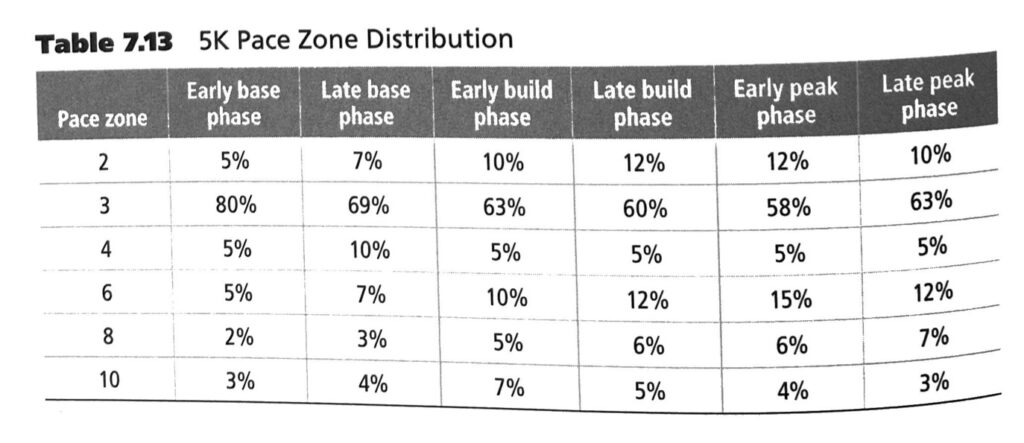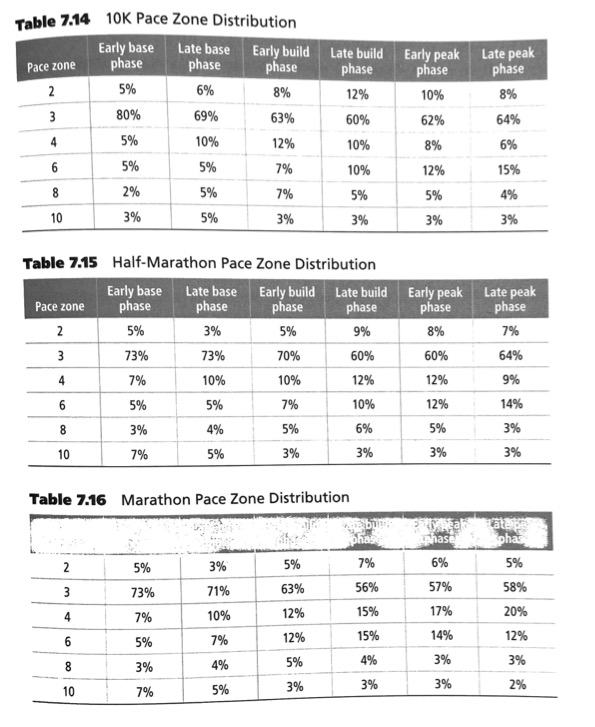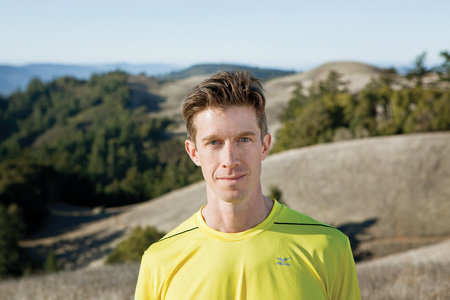Matt Fitzgerald has written numerous books around enhancing performance for both runners and triathletes. In his The Runner’s Edge book that he wrote with Stephen McGregor he describes using TrainingPeak’s Performance Management Chart (PMC) to manage periodisation and also optimise performance.
Next week in part 2 of this article, I’ll discuss what Matt Fitzgerald writes about periodisation in 80/20 Triathlon and 80/20 Running.
This is the seventh article about Periodisation (English spelling with an ‘s’, American spelling is traditionally with a ‘z’) and the methodologies from coaches that guided my early philosophies around periodisation of training seasons and event build ups. Have a read of last weeks article about Jill Sterkel:
Fitzgerald and McGregor describe planning for a season by setting up to two goal events that will be the primary target for the year/season. You can include more events but, two events will be the primary focus and they recommend they should be at least 16 weeks apart, as it takes 16 weeks to reach peak fitness if you are starting the process after a short break following the previous peak race.
At the longer end of the spectrum they don’t recommend having a build up longer than 24 weeks (more on why this is the case a little later).
When to Start
Determining when to start your training after a major event can be challenging. How long do you wait prior to recommencing training? Wait too long and you will lose too much fitness…..don’t wait long enough you will be fatigued and won’t be optimal recovered from the event.
The general consensus is that a 2-4 weeks is usually enough. Fitzgerald and McGregor recommend starting from a state of restedness. Having no residual fatigue from the previous training being the starting point for a true foundation for peak fitness.
Using the concepts of chronic and acute training load and Training Stress Balance (TSB) they recommend a positive TSB is a sign that you are relatively rested…..but simply because your TSB is positive doesn’t necessarily mean you are ready to begin a new training cycle. You should also look at your Chronic Training Load (CTL) or your fitness, you want to see a drop of about 20% after a major event (including the taper), as well as the positive TSB. To get to this point you might need to training very lightly for a week or two after your event prior to commencing the next build up.
See this article here for more about chronic and acute training load and Training Stress Balance (TSB)
They recommend that a focused preparation means you are increasing your weekly training load by an average of 5 TSS per day or 35 total TSS per week. Trying to maintain this level for more than 24 weeks leaves most runners overtrained or injured.
Peak Week
As well as a requisite training load, Fitzgerald and McGregor recommend appropriate peak-level workouts prior to commencing a taper. With the final week containing 3 highly challenging, race specific workouts to put the finishing touches on your fitness development. Assuming you can achieve your pace goals for the workouts they will demonstrate that you are ready to achieve the race goal you’ve set.
Some examples of these workouts are below:
| Workout 1 | Workout 2 | Workout 3 | |
| 5km | 30min Level IV | 5x 1km Level V, 400m Level II RI | Long Progressive Run |
| 10km | 2x 16min Level IV, 800m Level II RI | 6 miles with 6x 45sec Level V mixed in | 2x (1mile Level IV, 400m Level II RI, 1km Level V, 400m Level II RI, 600m Level V+, 400m Level II RI) |
| Half Marathon | 2x 16min Level IV, 800m Level II RI | 8 miles with 6x 45sec Level V mixed in | 2x (1mile Level IV, 400m Level II RI, 1km Level V, 400m Level II RI, 600m Level V+, 400m Level II RI) |
| Marathon | 2x 20min Level IV, 800m Level II RI | 10 miles with 10x 45sec Level V mixed in | Marathon Race Pace: 14 miles Level III |
Planning Your Training Phases
The advantages of dividing the training build up into phases is that it encourages runners to build their fitness in rational sequence of steps. Although not every training stimulus needs to be given an equal emphasis in every phase.
“Specifically, the training pace zone that is closest to your peak race goal pace should be least emphasised in the early base phase of training and most emphasised in the peak phase. Pace zones that are significantly faster or slower should be emphasised earlier in the training process and deemphasised later.”
Although Fitzgerald and McGregor don’t go into detail of the six phases they split the plan into, they give recommended percentages of training time within their respective zones. They emphasis that absolute precision is not required, but more a guideline for targeting intensity within each phase.
Please note the tables below, Pace Zone (PZ) 3 equates to my Level II, PZ4 my Level III, PZ6 my Level IV, PZ8 and 10 my Level V:


Summary
In summary, commence training once you’ve recovered by building a positive TSB and seen a decrease of 20% CTL. Build your training no more than 35 total TSS per week and optimise your time in zones, by emphasising the race pace intensity closest to the event.
Millions of runners use speed and distance devices, and serious participants know that the right technology can provide an edge over the competition. The Runner’s Edge unlocks the mystery and potential of these devices, so athletes can use digital running technology to reach new levels and personal best times.
In The Runner’s Edge, coach and speed and distance device pioneer Stephen J. McGregor, PhD, teams up with well-known Runner’s World and Triathlete writer Matt Fitzgerald to demonstrate how runners can make the most of their abilities by using the latest running technology for optimal performance management. They introduce a three-step plan for using technology capabilities to monitor, analyze, and plan training for peak performance while avoiding overtraining and minimizing injuries.
The Runner’s Edge also includes sample training plans and periodization guidelines—scalable to various fitness levels—for 5K, 10K, half-marathon, and marathon runners. A special chapter for triathletes explains how to integrate swim, bike, and run training within a unified performance management system. The book also features special sections providing the perspectives of well-known coaches and experts, including Joe Friel, author of The Triathletes Training Bible, and Hal Higdon, Runner’s World columnist and author.
Complete with a consumer guide for selecting distance and speed devices and training software, The Runner’s Edge is the comprehensive resource for the cutting-edge runner.
